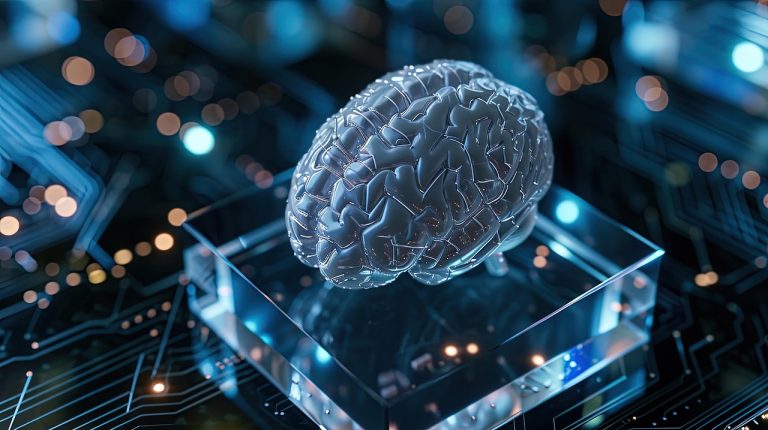Deep Learning Basics

This module introduces the fundamentals of deep learning, a powerful branch of machine learning that uses neural networks inspired by the human brain. It explains how these systems learn from data layer by layer and power technologies like voice assistants, image recognition, and language models. By exploring both the strengths and limitations of deep learning, students gain a clear understanding of how this technology works—and why it matters.



